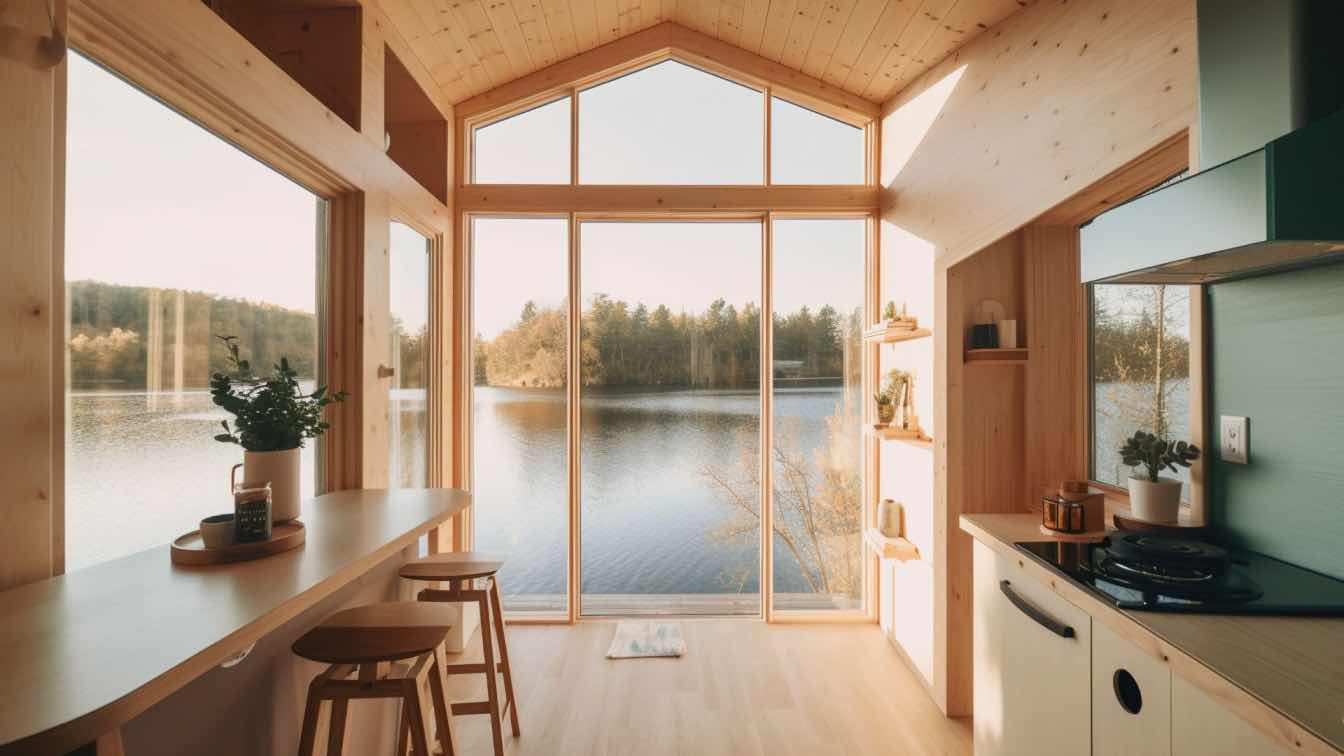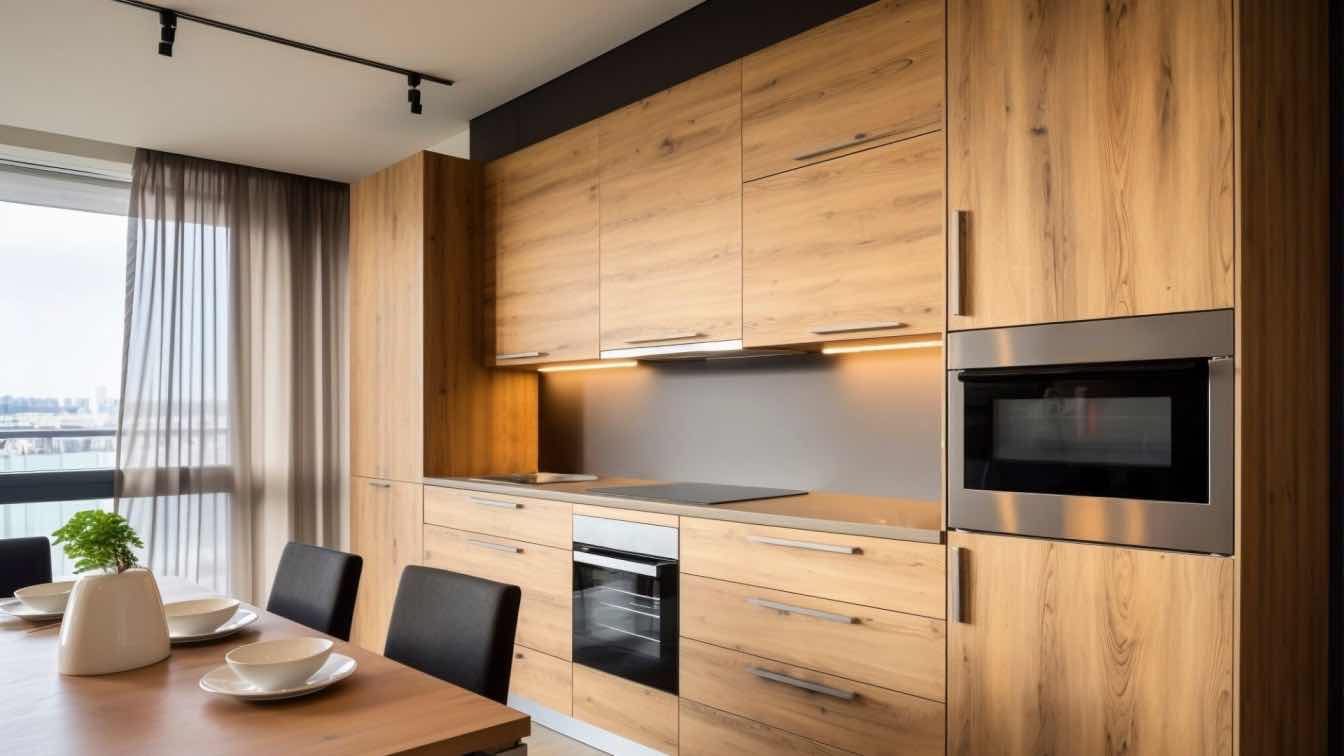Living in a tiny home has become popular in recent years, as it offers a path to affordability, sustainability, and freedom. However, tiny-home living also comes with the challenge of very limited floor space. If you’re an interior designer working on a tiny-home project, then these tips for maximizing space will help you design a space that your clients will adore.
Understand a Space
Understanding the dimensions and potential of the space is key to maximizing its use. Analyze the layout of the tiny home to identify prime areas for use. Look for opportunities to add storage or multifunctional furniture that blends seamlessly with the home’s design. Recognizing the flow of movement within the space can aid in arranging furniture and amenities in a way that enhances spaciousness while maintaining functionality.
Become an Organizing Pro
Organization is important in every home, but it is absolutely indispensable in a tiny home. Every item should have a designated spot to avoid clutter that can make a small space feel even smaller. Employ creative organizational methods for every room, such as hidden storage solutions for a clutter-free bathroom. Storage solutions that double as decorative elements are also great ideas. For example, wall-mounted shelves, hidden compartments, and multipurpose furniture are invaluable tools for keeping the home organized and airy.
Opt for Multipurpose Furniture
Investing in multipurpose furniture is a strategic move for tiny-home living. Furniture that serves dual purposes, such as a sofa bed or a table that transforms into a work desk, can significantly enhance the utility of a small space. Furnishing with these items allows for greater flexibility in the layout and functionality of the home, catering to various needs without occupying excess space.
Maximize Natural Light
Maximizing natural light can make a tiny home feel more spacious and welcoming. Consider using lighter color palettes for walls and furnishings to reflect light better. Strategically implementing mirrors can also amplify the effect of natural light, creating the illusion of more space. Greater exposure to natural light not only enhances the perception of space but also boosts the overall ambience of the home, so make it a priority in your design.
For interior designers, employing these tips for maximizing space can significantly elevate the quality of tiny-home projects. After all, small spaces aren’t limitations—they’re opportunities for creative design solutions.





